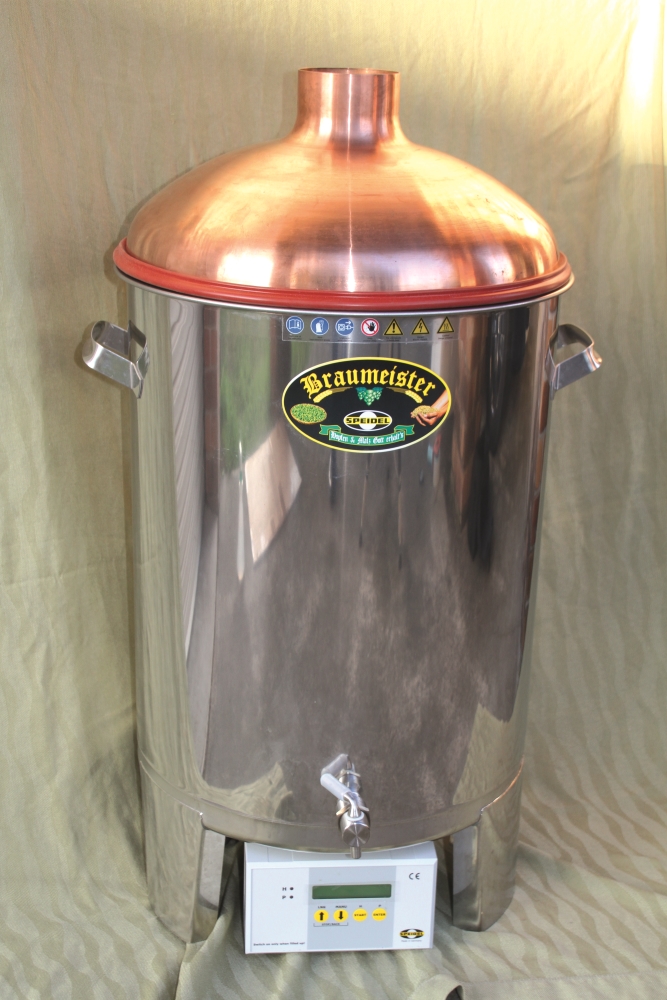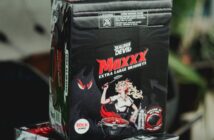Home brew often cops a bit of stick for being of inferior quality to the bought stuff but it doesn’t have to be that way. Matt Chapman provides some tips for making your home-made liquid gold shine.
It is true that beer is the universal currency. When getting a tradie mate to fix a hole in the wall, patch a panel in the fence, or weld a fracture in the axle, a carton of the faithful amber filled bottle will usually smooth things over without having to reach for the wallet. The only condition being “just none of that bloody home brew stuff!”
So self‐made beer is an inferior version of what you may pick up from the local bottlo, right? That is what most believe until tasting a home crafted brew that doesn’t taste like… well ‘home brew’.
The expectation of many when cracking open a bottle of the ‘self made stuff’ is that it will hopefully resemble the ‘bought stuff’, but be differentiated by unbalanced taste, unusual bitterness, over or under carbonation, or a whole host of other off‐centred characteristics that will somehow make it not quite right.
In fact a home brew shop owner was once quoted as saying “after making your first few batches, your palate will adjust, and you will not notice the difference between the beer you make and the beer you used to buy”. That may be well and good for lonely drinkers, but making a drop that can be appreciated by your mates, something you can be proud of, just adds that extra dimension to your craft. It truly makes you a brewer – not just a brewer in your own mind, as Clint Eastwood probably would have said if he had chosen a different career path.

The holy grail to making good beer already fills thousands of texts. Some common factors that can dramatically improve your brew however, can start with the task of simply making friends with your local homebrew store. This could be the easiest step on the road to ‘beery enlightenment’, but be sure to taste some of their beers first to make sure that their vision and your tastebuds are in alignment. Keep in mind that even the smallest of home brew shops are going to know a good deal more than the boy packing the shelf at your supermarket.
Good hygiene and sanitisation for any of the brewing processes after the wort has been boiled will help in avoiding infections. Drinking a bottle of anything that has an infection in it sounds alarming at the very least, but with relation to beer, this simply means that ‘wild yeasts’ have gotten in on the action, and done some of the work that the ‘friendly’ yeasts should have been doing exclusively while your beer was fermenting. We are surrounded by microorganisms in the world around us; in the air we breathe, on our hands, in our saliva. The high temperatures of boiling kill these microorganisms, but afterwards we want our living yeasts (the ones we add, and not the ones that invite themselves) to thrive and work their magic on our brew. You may resemble a surgeon wearing latex gloves and spraying your utensils with sanitiser, but if the end result is better beer, then it is worth the extra effort.
By the way, Wort (Aussie pronunciation wert) is not some sort of skin growth you may find on your hand or other unmentionable body part, but rather the name given to the unfermented liquid that is to become your beer. Hence the overly simplified equation: water + malt + hops + yeast = beer.
Without fermentation you would not have beer, therefore this is without a doubt, an important step in the brewing process. While you can put your fermenter in a dark room and hope for the best, fermenting in a fridge with a temperature control device can allow you to keep your wort close to the exact temperature recommended for the yeast you are using (eg 18 degrees Celsius). Further to this, if you are brewing from a ‘stock standard’ kit, you may also consider throwing out the cheap yeast sachet that came with it, substituting this with a better quality strain which could take the form of granules or a liquid.
Last but not least, take notes during your brewing session. Especially if you are ‘evaluating’ other beers on the day. That last minute hop substitution, forgotten or accidently repeated step, or anything that you could have done better or differently in hind sight can all help you improve your next brew. Or if you hit the jackpot and make that beer that is beyond perfection, help you to recreate it once again!
People usually get into homebrewing for two main reasons. To produce cheaper beer than what is available at the local bottlo, or beer that tastes better. While it is possible for both of these goals to be achieved, in many cases the two will be mutually exclusive. Like all hobbies, there are those that want to take things to the next level, ditching the kits and brewing beer from scratch using raw ingredients (All Grain brewing, as done by commercial breweries). This will generally give you a better beer when compared to a kit, but also one that can cost considerably more when taking the cost of equipment into consideration.

Shiny stainless steel brewery implements such as monster sized pots that sit upon Mongolian burners, glistening stainless steel conical fermenters, and even precision German manufactured beer making devices such as the Speidel Braumeister not only make your home setup resemble that of the ‘big boys’ larger commercial operations, but can also make repeatability of the beer more achievable by controlling many of the variables that can otherwise be overlooked.
On the other hand, if you want to get a little adventurous without having to endure the wrath of ‘the minister of finance’ when the credit card statement comes in, you could try making your own custom modifications to an existing kit to get better and more pleasing results. For example, late hop additions (dry hopping), can make a good beer a great one, as aroma plays such an important part in the human taste experience.
So, you have thought about making your own beer for years, and are now keen as mustard to get started? Joining your local home brew club will not only provide you with the opportunity to mingle with other brewers, but also provide you with a forum to get feedback on your beers, and in return do the same for others. A brew day where you don’t learn something new would be a rare occurrence indeed, and watching others brew will allow you to refine and improve your own processes. Club comps and access to other judging events will also let you see how your beers compare.
If you reach the level where you are making really good beer, you may consider taking your craft beer endeavours one step further and unleashing them on the public. Many a micro‐brewery has been conceived this way ‐ or you could just go back to being a tradie, accepting that age old universal currency.





